Page 5 - Benchmarks
Benchmarks
For our last part of the review we turn to RMAA 5.5 to see how the Musketeer 3 measures electrically. I used a Terratec DMX 6-fire to record the X-Fi for a baseline at 16-bit, 48 kHz, and then again playing through the Musketeer 3. The measurements bear witness to what I heard in the listening tests.
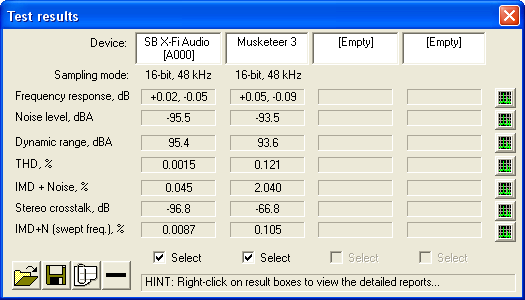
What we can see here is that the Musketeer 3 does pretty well! CoolerMaster specifies it at >80dB dynamic range, and at a measured 93.6 dBA it is comfortably above that. In fact, this swinging Musketeer 3 measured better than what CoolerMaster press material says.
Let's take a look at the individual graphs.
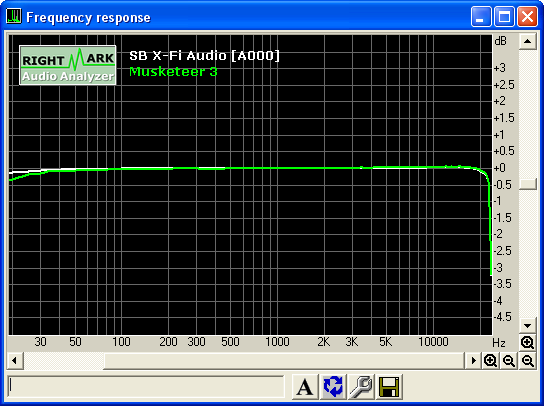
The frequency plot is very flat, +0.05 to -0.09 (40 Hz - 15 kHz). Generally with tubes is that the frequency response will get more squirrelly the lower the impedance.
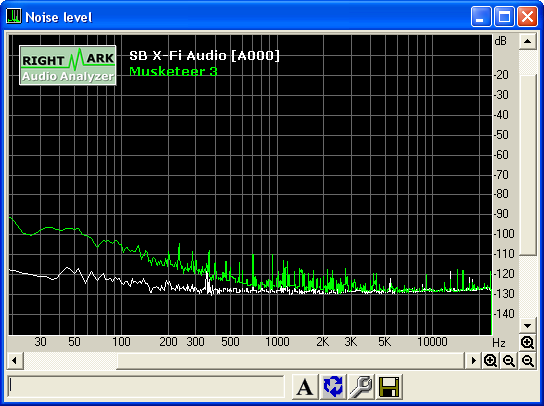
Actually very good, at -93.5 dBA. Not as squeaky clean as the X-Fi, but still impressively low.
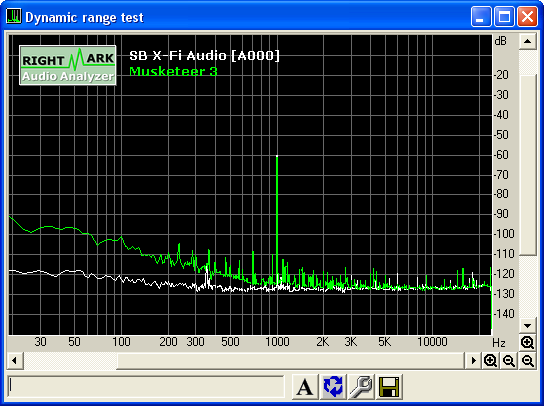
Dynamic range is the difference between the 1 kHz tone and the noise, and at 93.6 dBA the Musketeer 3 is very impressive for antiquated tech.
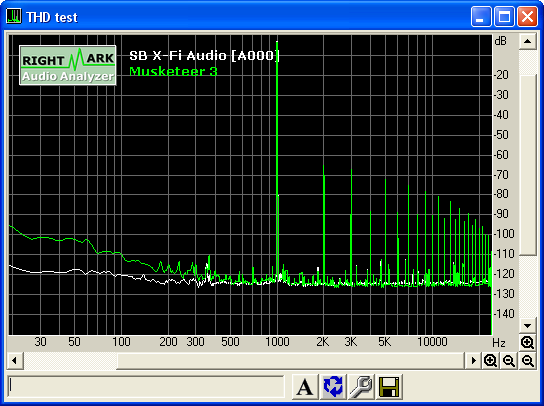
Aha! This is the even-order distortion you read about, and pretty good for tubes at 0.121%. This is almost picture perfect as well, following the harmonic series right up into the stratosphere. This is one of the factors that lead audio engineers to use transistors instead.
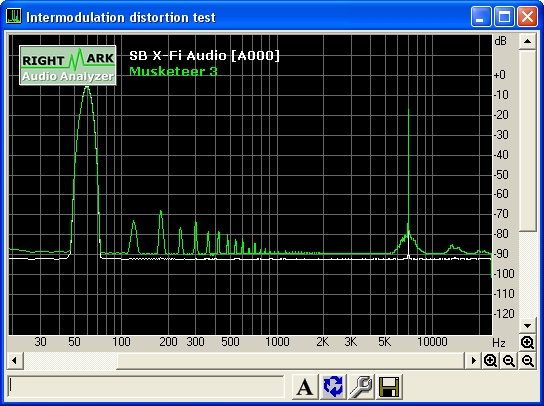
I'm not exactly sure what RMAA is doing to the graphs here, but I think the numbers are okay. Intermodulation distortion is non-harmonic distortion (odd-order) and is generally a Bad Thing. This is fairly high at 2.040%.
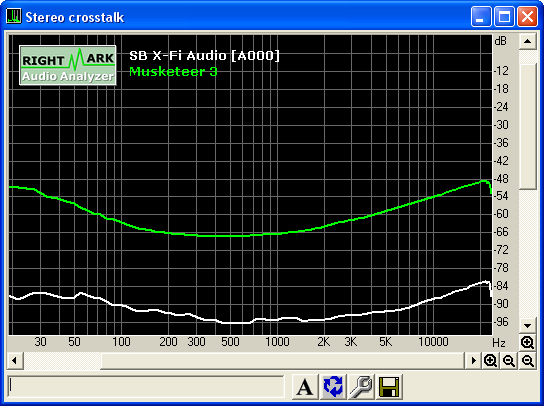
Stereo crosstalk is the channel leakage from one to the other. Lower numbers mean better stereo depth, image, and separation. -66 dB is not too bad, actually, but compared to the X-Fi it's quite a loss.
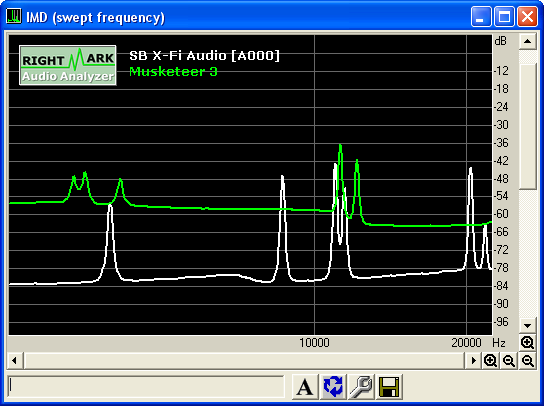
There is a new test in RMAA 5.5, the IMD+Noise with swept sine frequency. I shall refrain comment, because I don't know much about this test.
RMAA shows the Musketeer 3 to have decent characteristics. It does show its tube-ness in the IMD and crosstalk tests. The results are not particularly poor, but in recent years just about any integrated audio IC can outperform it. I will raise my eyebrow at anyone who would think that a tube will make an X-Fi sound better. It won't. Of course, the thought crossed my mind that maybe I've lost it too by actually running RMAA 5.5 on a tube amp. Nah.
